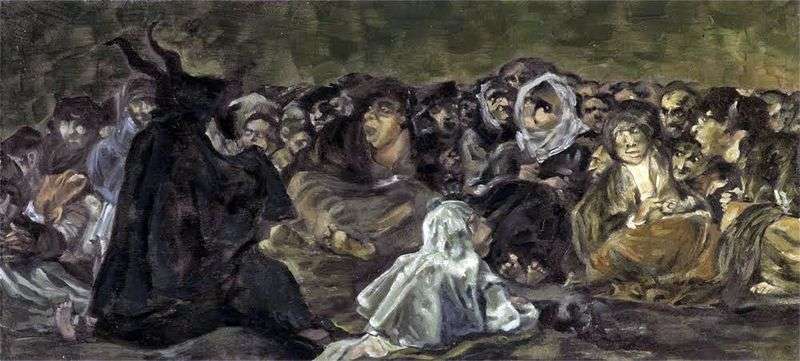
“The Sabbat of Witches” – one of the images included in the series of “Dark Pictures”. The canvas was written during the hardest period of the artist’s life, when he began to lose sound and suffer from monstrous visions that haunted him in a dream and in reality. He suffered these incredible hallucinations on the walls of his own house.
“The Sabbath of the Witches” was located along the wall of the room and with its incredible surrealism and gloomy color drove into the stupor of all entering the room. Cope with such a large-scale canvas was only the genius of Goya.
Disproportionate, frankly ugly figures with ugly faces in the set are gathered in this picture. The composition is built on the basis of the oval, which creates a sense of continuous rotation of this dark, disgusting mass. This is a reflection of the ideas of a broken, sick artist about the world around him. Political instability, fear for one’s own life, a serious illness gave rise to depression, which resulted in a series of pictures that amaze their gloominess of perception and the expression of the image.
In an effort to depict all human vices and satanic manifestations, Goya makes the appearance of witches distorted and disgusting. This is the embodiment of the universal evil in human likeness, the artistic reflection of the painful inner world of the artist. In this painting there was not a hint of Goya’s early work. There are no bright colors, nor gentle faces of his charming spaniards.
Only dark, lifeless paints, complete absence of beauty and intense, unnatural rotation of different guises of evil. And after many years, the “Sabbat of Witches” amazes with its expression and dark, negative expressiveness.
 The Sabbat of the Witches by Hans Baldung
The Sabbat of the Witches by Hans Baldung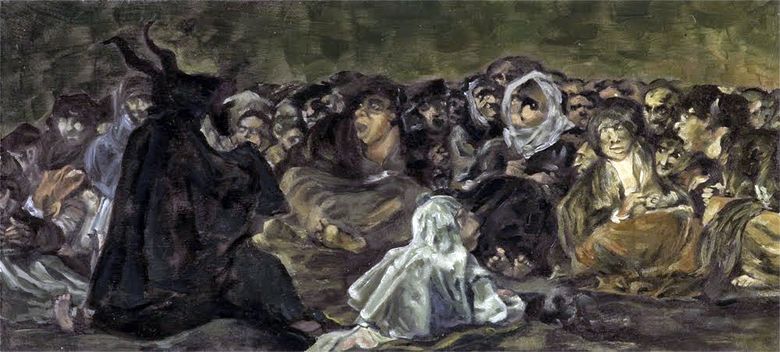 Sabbat des sorcières – Francisco de Goya
Sabbat des sorcières – Francisco de Goya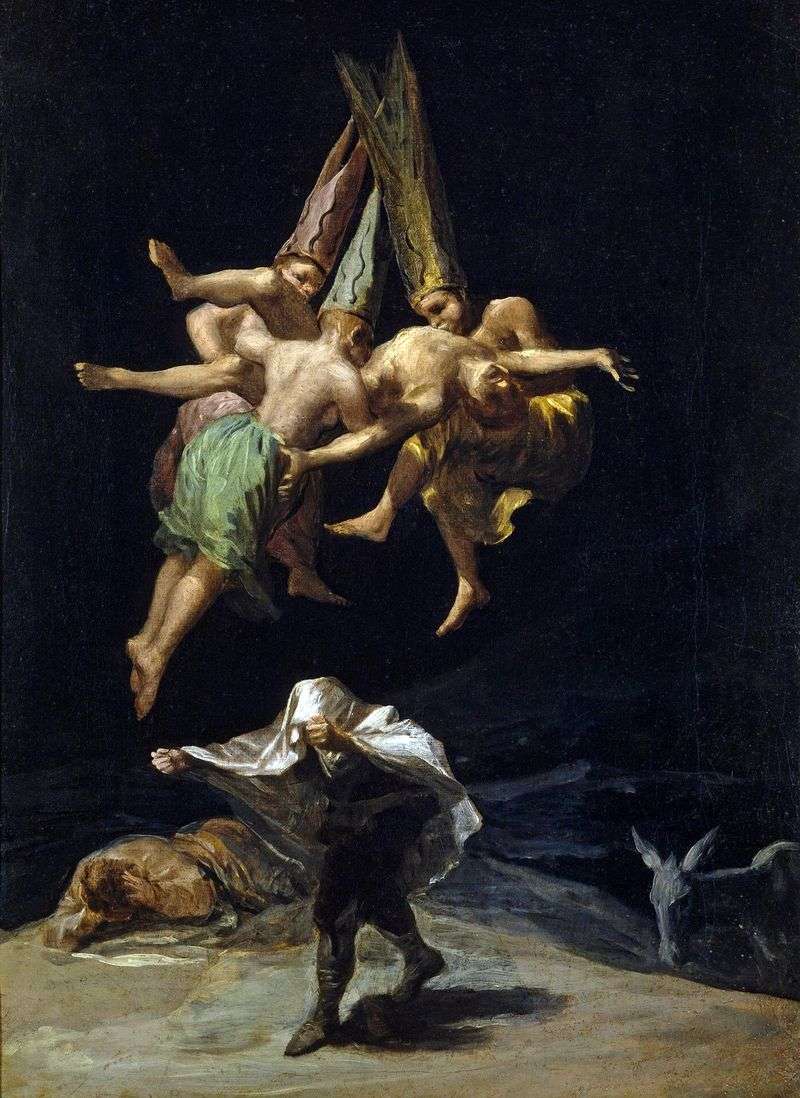 The flight of witches by Francisco de Goya
The flight of witches by Francisco de Goya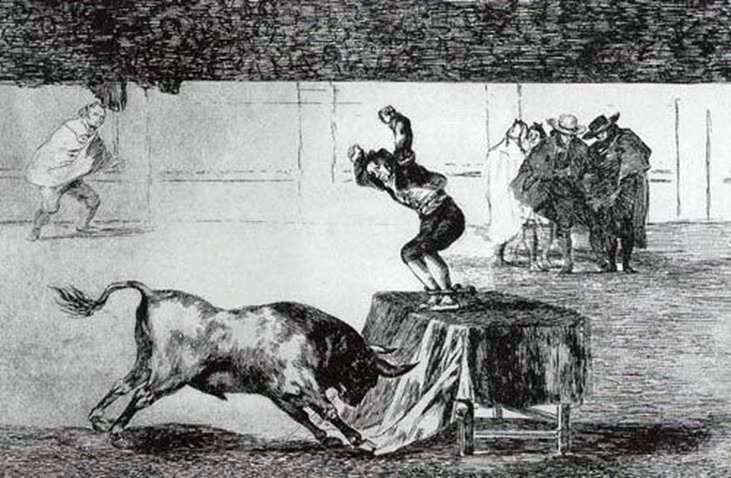 Tavromachia by Francisco de Goya
Tavromachia by Francisco de Goya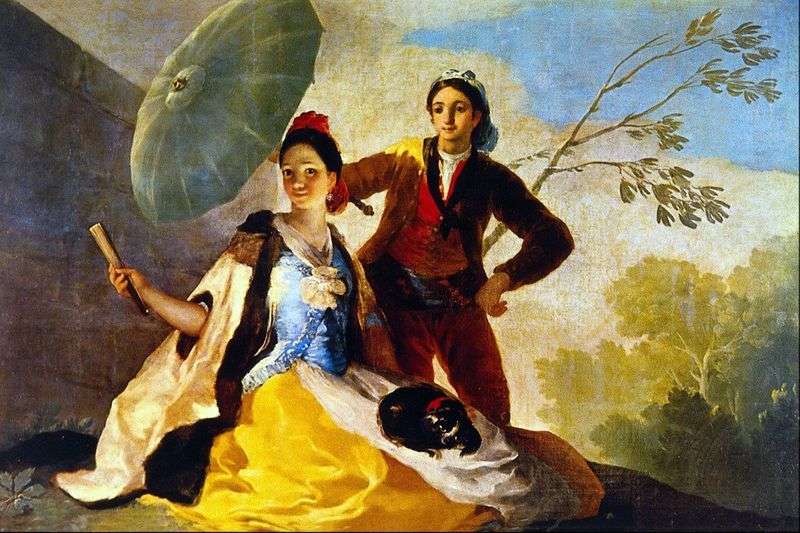 Umbrella by Francisco de Goya
Umbrella by Francisco de Goya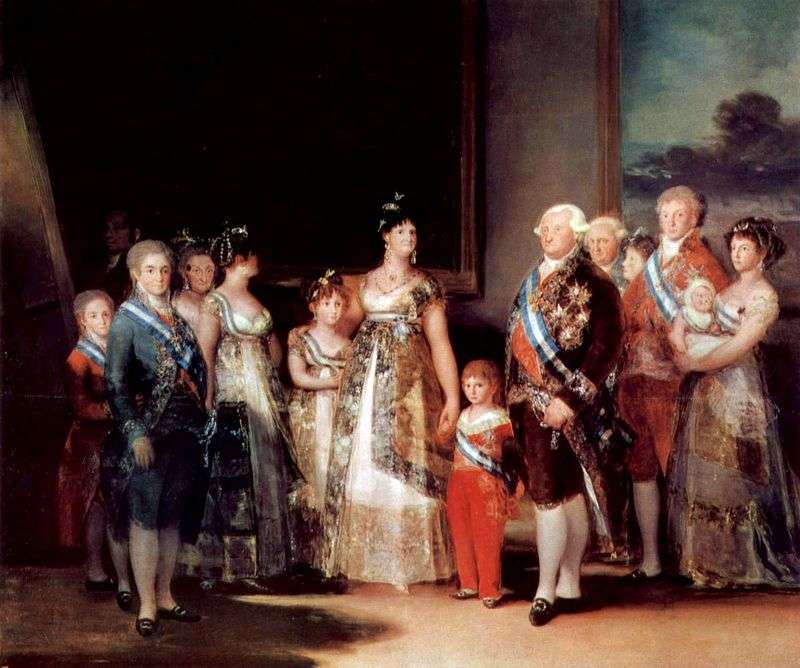 Portrait of the Family of Charles IV by Francisco de Goya
Portrait of the Family of Charles IV by Francisco de Goya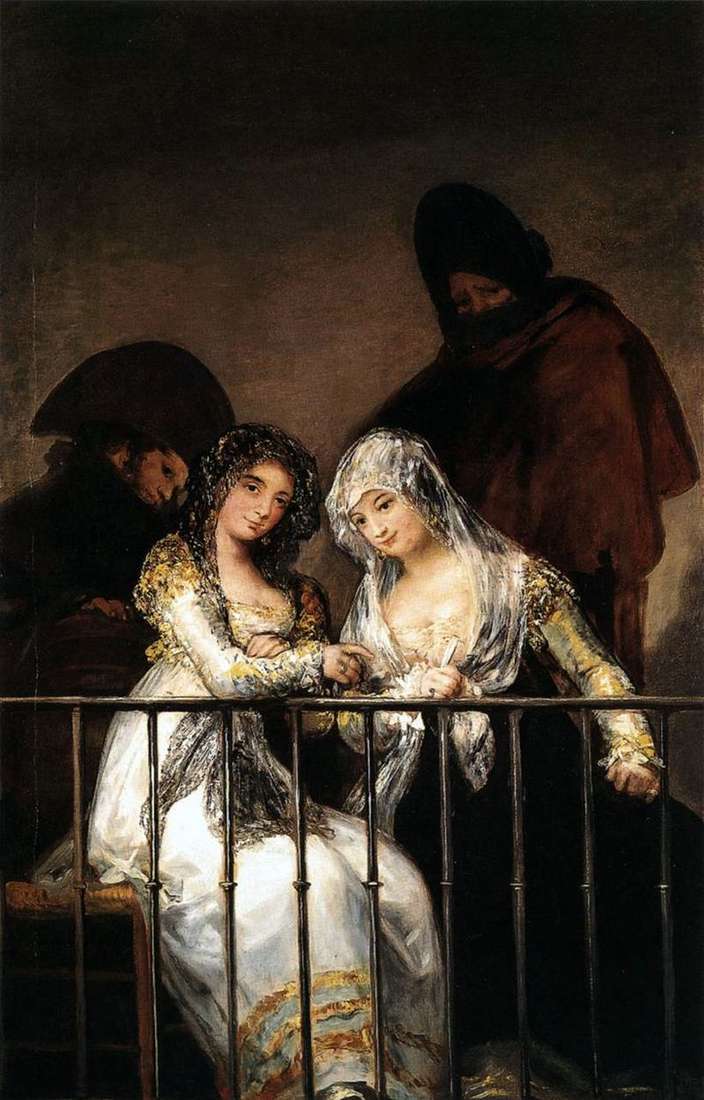 The mahi on the balcony by Francisco de Goya
The mahi on the balcony by Francisco de Goya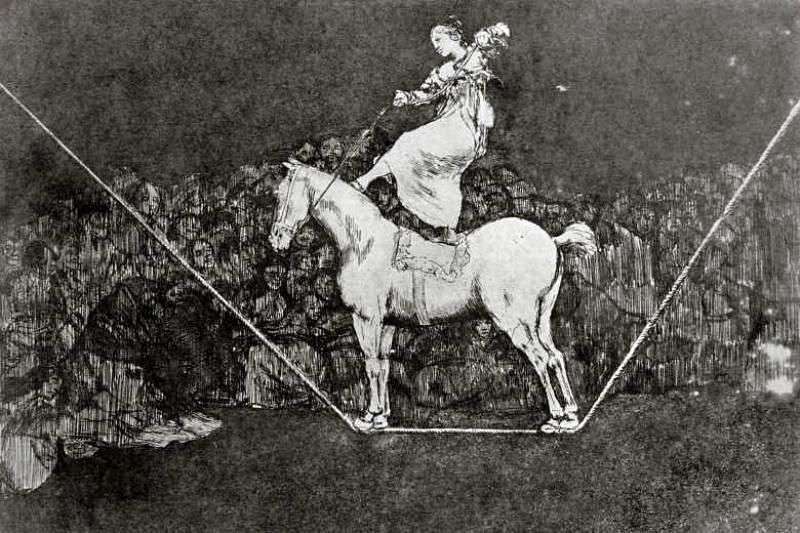 Engravings “Caprichos” “Disparate” (Senselessness) by Francisco de Goya
Engravings “Caprichos” “Disparate” (Senselessness) by Francisco de Goya